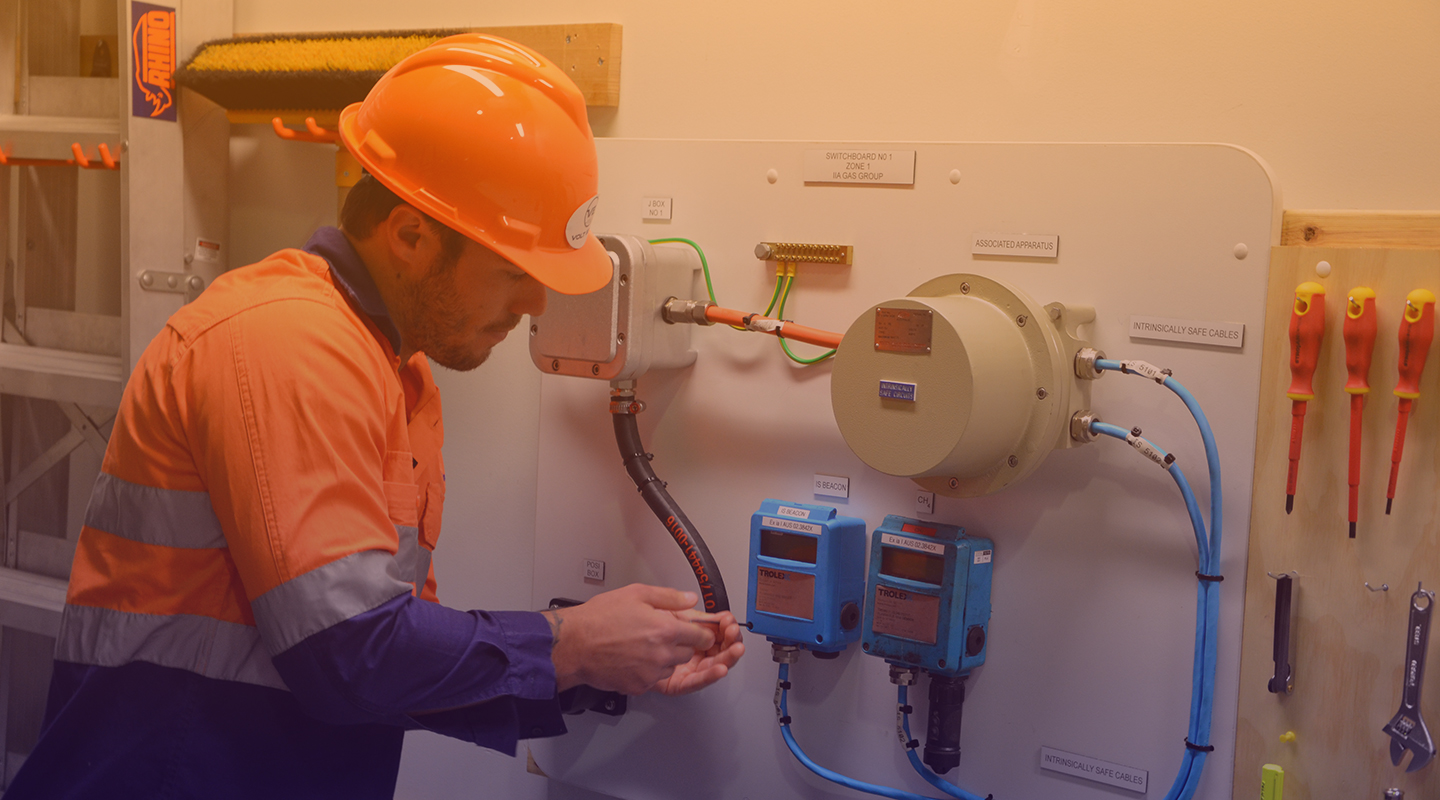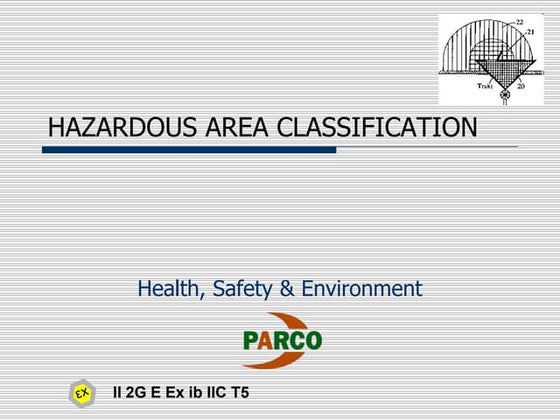The Ultimate Guide To Roar Solutions
The Ultimate Guide To Roar Solutions
Blog Article
The Definitive Guide to Roar Solutions
Table of ContentsThe 3-Minute Rule for Roar SolutionsThings about Roar SolutionsThe Only Guide for Roar Solutions
In such an ambience a fire or surge is possible when three standard problems are met. This is commonly described as the "hazardous area" or "burning" triangular. In order to protect setups from a prospective explosion an approach of evaluating and categorizing a possibly hazardous location is called for. The function of this is to ensure the correct option and installment of tools to inevitably stop a surge and to make sure security of life.
(https://www.startus.cc/company/roar-solutions)
No devices needs to be mounted where the surface area temperature level of the equipment is more than the ignition temperature level of the offered threat. Below are some usual dust hazardous and their minimum ignition temperature. Coal Dust 380C 225C Polythene 420C (melts) Methyl Cellulose 420C 320C Starch 460C 435C Flour 490C 340C Sugar 490C 460C Grain Dust 510C 300C Phenolic Resin 530C > 450C Aluminium 590C > 450C PVC 700C > 450C Soot 810C 570C The possibility of the hazard existing in a concentration high enough to cause an ignition will vary from location to location.
In order to classify this risk an installation is separated right into areas of threat relying on the amount of time the unsafe exists. These areas are referred to as Zones. For gases and vapours and dusts and fibres there are 3 areas. Zone 0 Zone 20 A harmful atmosphere is highly most likely to be existing and may be present for long durations of time (> 1000 hours each year) or perhaps continuously Zone 1 Area 21 A harmful environment is possible yet not likely to be present for long durations of time (> 10 450 C [842 F] A category of T6 implies the minimal ignition temperature is > 85 C [185 F] Hazardous location electrical devices maybe made for usage in higher ambient temperature levels. This would certainly suggested on the ranking plate e.g. EExe II C T3 Ta + 60C( This indicates at 60C ambient T3 will certainly not be surpassed) T1 T1, T2, T3, T4, T5, T6 T2 T2, T3, T4, T5, T6 T3 T3, T4, T5, T6 T4 T4, T5, T6 T5 T5, T6 T6 T6 A T Course rating of T1 indicates the maximum surface temperature created by the tool at 40 C is 450 C. Presuming the associated T Course and Temperature rating for the devices are suitable for the area, you can constantly use a tool with a much more rigorous Division score than required for the location. There isn't a clear solution to this inquiry regrettably. It actually does depend upon the kind of equipment and what repairs require to be performed. Equipment with specific test procedures that can not be done in the area in order to achieve/maintain 3rd party ranking. Should return to the factory if it is before the tools's service. Field Repair By Authorised Worker: Complicated screening may not be required however specific procedures might require to be followed in order for the devices to maintain its third celebration ranking. Authorized personnel need to be used to do the job correctly Repair work should be a like for like substitute. New element need to be taken into consideration as a direct replacement calling for no special screening of the equipment after the fixing is complete. Each tool with an unsafe ranking need to be evaluated separately. These are detailed at a high degree listed below, however, for more comprehensive information, please refer directly to the standards.
The Single Strategy To Use For Roar Solutions
The equipment register is a detailed data source of devices records that includes a minimum set of fields to recognize each item's location, technical criteria, Ex lover classification, age, and environmental data. The proportion of Thorough to Close assessments will be identified by the Devices Risk, which is assessed based on ignition threat (the likelihood of a resource of ignition versus the possibility of a flammable atmosphere )and the dangerous location classification
( Zone 0, 1, or 2). Implementing a durable Risk-Based Evaluation( RBI )strategy is essential for ensuring compliance and safety in managing Electrical Tools in Hazardous Locations( EEHA).
The Best Strategy To Use For Roar Solutions

In terms of explosive risk, a hazardous location is learn the facts here now a setting in which an eruptive environment exists (or may be anticipated to be present) in amounts that need special safety measures for the building, installment and use devices. electrical refresher course. In this article we discover the obstacles dealt with in the workplace, the risk control measures, and the needed competencies to function securely
These materials can, in particular conditions, develop eruptive environments and these can have significant and awful consequences. Most of us are acquainted with the fire triangular get rid of any kind of one of the 3 aspects and the fire can not occur, however what does this mean in the context of unsafe areas?
In most circumstances, we can do little concerning the levels of oxygen airborne, yet we can have considerable impact on sources of ignition, for instance electric equipment. Dangerous areas are recorded on the unsafe area category drawing and are recognized on-site by the triangular "EX-SPOUSE" indicator. Here, amongst other essential information, areas are divided into three types depending on the danger, the probability and duration that an eruptive ambience will exist; Area 0 or 20 is considered the most harmful and Area 2 or 22 is considered the least.
Report this page